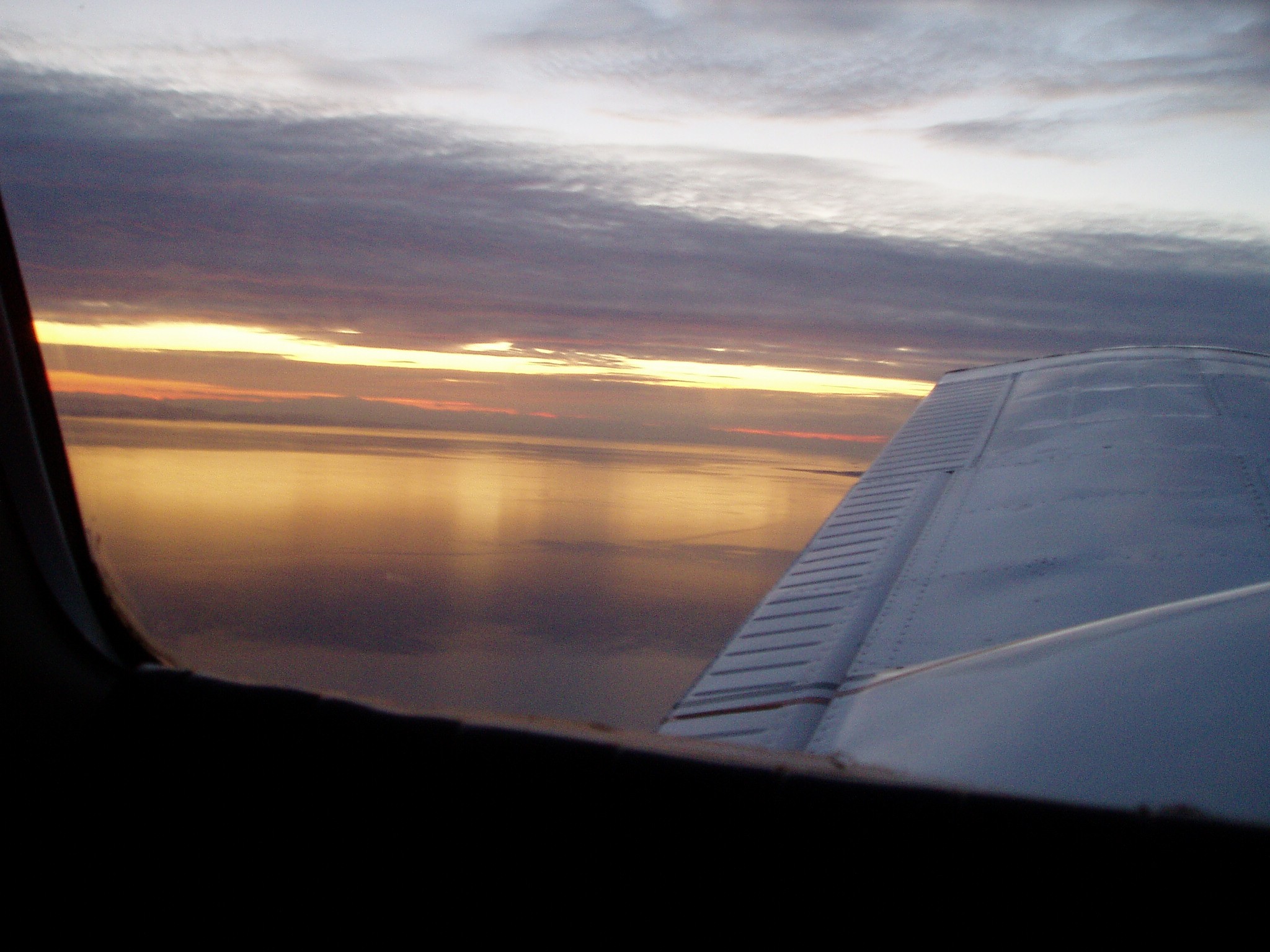Is flying safe?
This is a question that is common for people contemplating flying. Experienced pilots commonly regard flying as safer than driving a car. When you drive in traffic, you are only a few feet away from other drivers, and their level of proficiency and alertness is unknown. When you fly, you are normally never in close proximity to other aircraft, but when you are in conjested airspace, it is the pilot responsibility to continually search for other vicinity aircraft. When you drive a car, you are often exposed to "blind spots"--times when you can't see around corners, when you can't see other vehicles approaching an intersection, etc. In flying, these blind spots don't normally exist, so the flying environment is less dangerous and more predictable. In areas where air traffic is conjested, Air Traffic Services (controllers) provide a second level of safety by ensuring aircraft separation.
In terms of statistical risk of flying, perhaps the best authority on the subject is the Transportation Safety Baord of Canada. Statistics demonstrate improvement in safety—at least this is the general trend based on records kept since World War II. In 2001, the Canadian accident rate was 7.6 accidents per 100,000 hours flown, and less than 2 fatal accidents per 100,000 hours flown.1 Transport Canada reported for 2001 that there were 167 private aeroplane accidents in Canada, with 17 of these accidents involving fatalities.2 Accordingly, if a private or recreational pilot has a one-hour flight, once a week, he or she will have to fly for 148 years continuously before an accident is experienced. The same person will have to fly continuously for 1584 years before experiencing a fatal accident.

References
1 Transportation Safety Board of Canada’s Statistical Summary—Aviation Occurrences, 2001, P. 1.
2 Ibid., P. 2.
.jpg)

